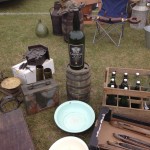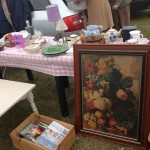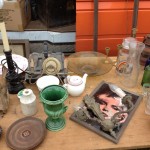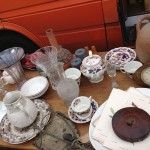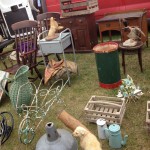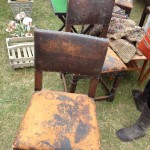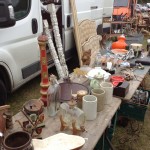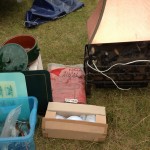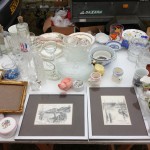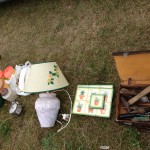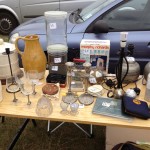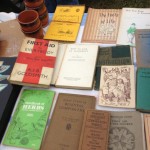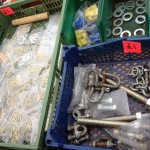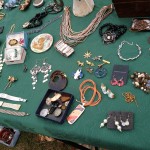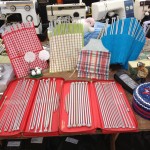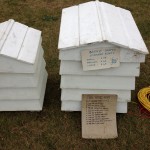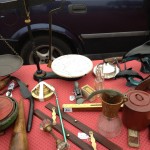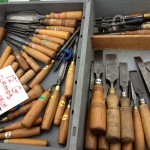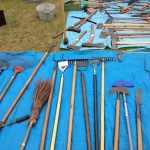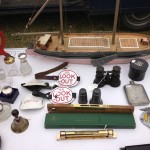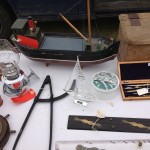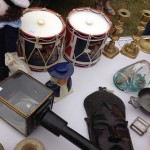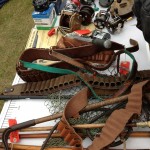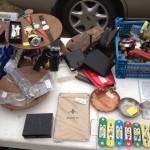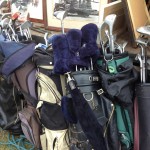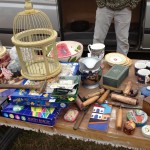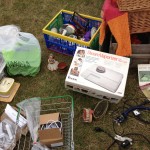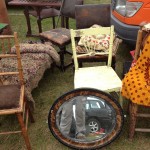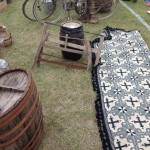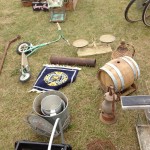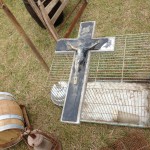The bargains to be had at junk shops, flea markets, car boots and suchlike are the stuff of legend. You will recall that not long ago a woman in West Virginia found in a £5 box of junk at one such market what turned out to be a genuine Renoir, apparently worth £50,000. Such finds may be a rarity, but that does not stop people turning out in force on weekends to snoop for bargains up and down the country, and around the world.
There is something totally obsessively satisfying about the feeling that, through greater knowledge, you’ve found something of genuine value and earned a whopping profit. As this article from the Daily Telegraph points out:
“But it’s not just the low prices that appeal; when I wake up early enough to make the car boot sale starting at 7am on the A3, I burn with hope. The dusty china vase for £7 turns out to be a Ming. The childish sculpture for a tenner at Oxfam proves to be a Bugatti. Why not?”
Even more prosaic stuff is viewed with an eye to profit, even if 99% is utterly worthless. This morning my kids and I went with my sister’s family to one such car boot sale. During the walkabout, Sally asked about the price of a dilapidated chest of drawers with broken handles; “£30” said the stall holder. “You could easily do that up and sell it for £70,” she said to me with a sly nod. Neither of us bought the item in question, though someone surely did. Caveat emptor, I thought to myself, though even if you buy something which turns out to be worthless, you will not have lost too much in the process.
However, it did remind me of when Jean and I were equipping our first house together. Budgets were tight, so we went to a local auction, the type that manages house clearances. This got us some incredible bargains of good, solid furniture for low prices, but there was undoubtedly more to it than that – it was a thrill, set the blood racing. Two chairs bought for £96 the pair are still in daily use, 20-odd years later. An oak table bought for a fiver is now housing the TV and DVD in my bedroom!
Anyway, at today’s car boot, which occupied a huge field in rural Suffolk, some way to the north of Ispwich, I took stacks of photos of the stalls (see above.) Very few elicited what I would describe as bargains, but of commodities for sale there were many. Beauty is, as ever, in the eye of the beholder: someone will have looked at these items and seen cash registers ringing rather than a pile of old tat. Very noticeable was that some stall holders make a living out of it. For all the fact that it was a car boot sale, some items were steeply priced, and certainly being sold by people who knew their Ming from their mange.
Some had apparently brought stuff like old furniture and stuffed animals (including a very surprised fox) over from French markets to sell in the UK, presumably at double the price. While buyers hope to find ways to make cash, sellers clearly do or there would not be hundreds of them flocking to fields everywhere to sell all manner of goods.
Tips are widely available for those on the hunt for “cash from trash” (see here for example), chief among which are to get there early, bargain very hard and stick to your budget. We probably all have stuff we could sell, and getting out into an organised car boot is possibly a cheaper and better way than, say, eBay – though if you have genuine collectables that will give you access to a far wider audience.
So for the moment at least, I am not buying goods at these places, though it is tempting to try to sell at a local car boot sometime. We all need the money!


